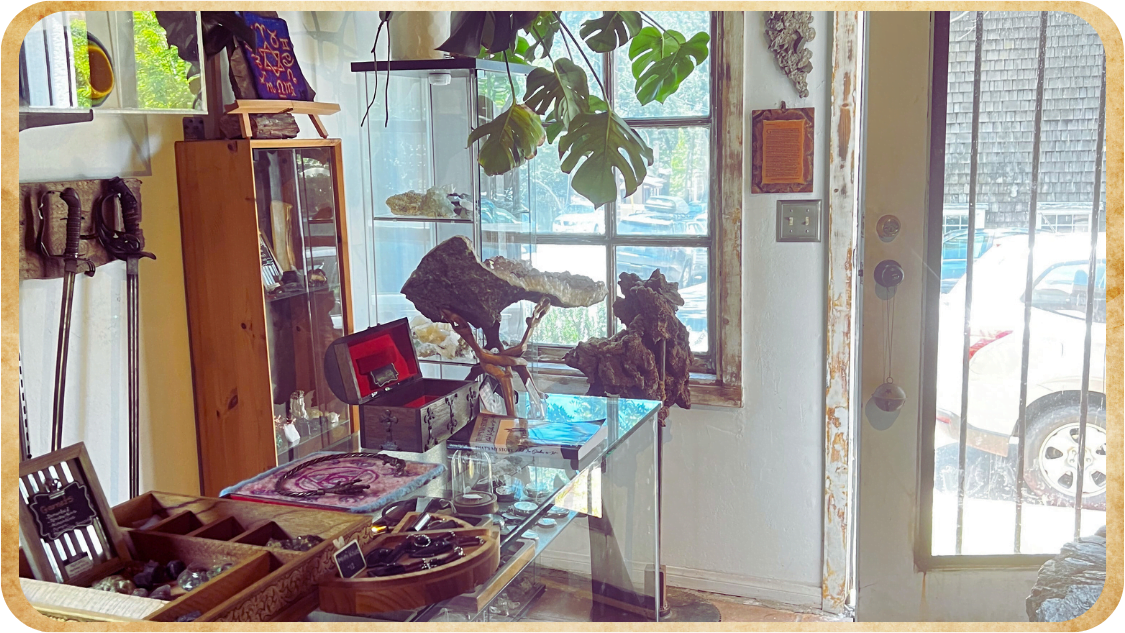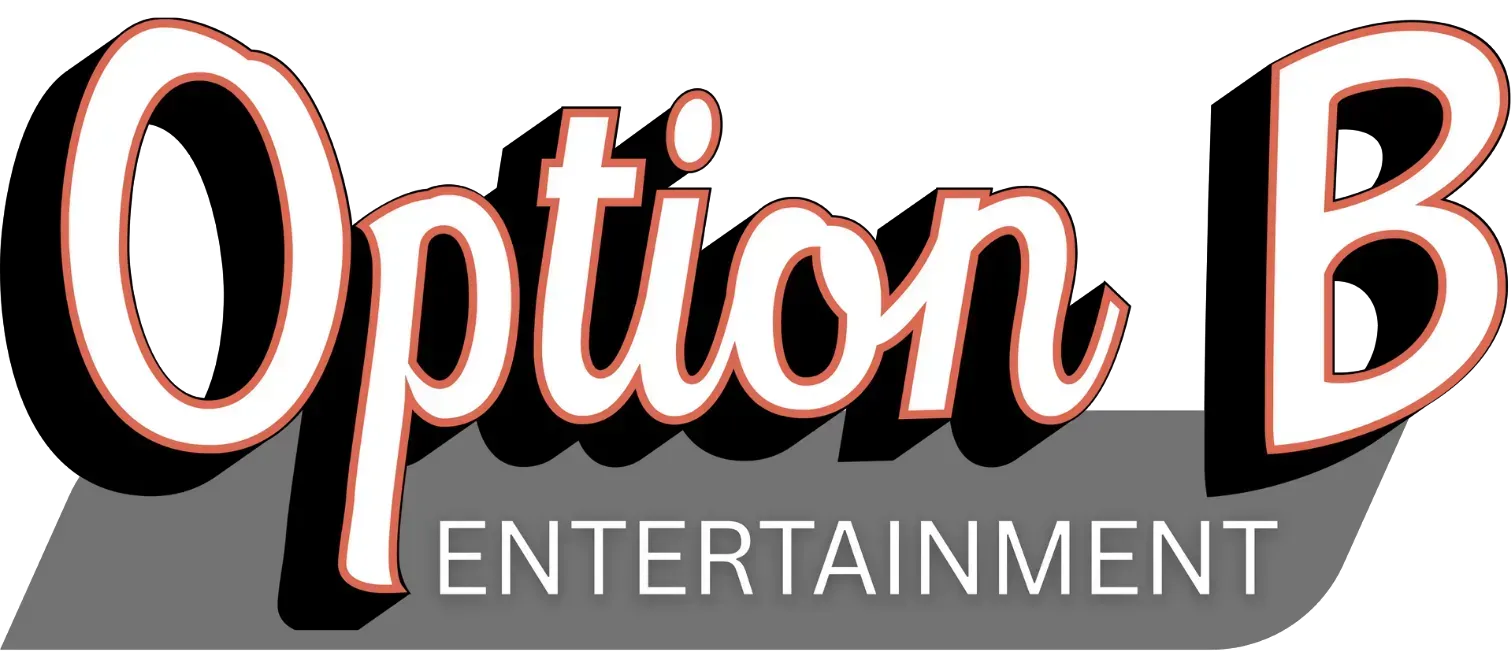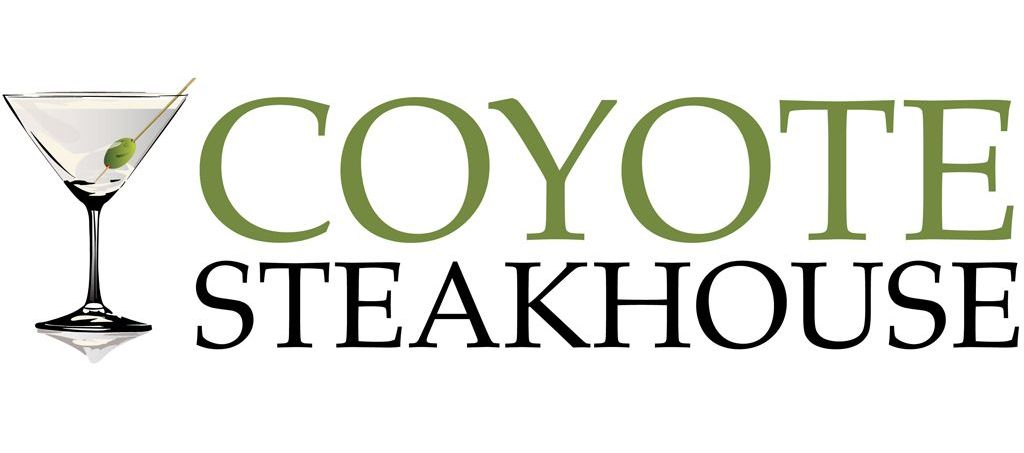Ancient Celtic Proto-Money from the Bronze Age
Share

Discovering the Foundations of Coined Currency
In the Bronze Age, before the advent of coins in the Iron Age, people explored diverse forms of symbolic exchange and markers.
These early prototypes, known as proto-coins, laid the foundation for the development of coined currency.
The Bronze Age, a fascinating era in human history, spanned approximately from 3300 BC to 1200 BC. During this time, great civilizations emerged, and significant advancements in various aspects of life were made. Among these advancements was the development of proto-money, the precursors to modern-day coins. In this blog post, we will delve into the world of ancient Celtic proto-money and explore its significance in shaping the concept of currency.
The Bronze Age and Proto-Money
The Bronze Age was marked by the use of bronze as a predominant material in the production of tools, weapons, and various artifacts. It was a period of significant cultural and technological progress, characterized by the emergence of writing systems, complex urban societies, and trade networks.
Before the invention of coins in the subsequent Iron Age, people relied on various forms of proto-money for exchange and trade. Proto-money refers to objects or symbols that hold value within a specific community or society. These early forms of currency laid the groundwork for the later development of standardized coins.
Ancient Celtic Proto-Money
The Celtic people, who inhabited vast areas of Europe during the Bronze Age, had their own unique forms of proto-money. These ancient Celtic societies utilized various objects and materials as mediums of exchange and markers of value.
- Rings and Bracelets: Intricately designed rings and bracelets made of precious metals, such as bronze, were often used as proto-money by the Celts. These objects were not only decorative but also held significant value and could be easily traded.
- Early Forms of Ingots: Metal ingots, usually made of bronze or copper, were another form of proto-money in Celtic societies. These ingots, which were standardized in weight and shape, were used to facilitate trade and store wealth.
- Animal-shaped Tokens: Celtic cultures also employed animal-shaped tokens as a means of exchange. These tokens, typically made of bronze, represented livestock or other valuable resources. They provided a portable and easily recognizable form of proto-money.
Significance and Legacy
The existence of proto-money in the Bronze Age showcases the human desire for a standardized system of exchange and the recognition of objects or symbols as representatives of value. These early experiments with proto-money laid the foundation for the development of coined currency, which revolutionized trade and economic systems in later civilizations.
The transition from proto-money to coins during the Iron Age brought about greater uniformity, widespread acceptance, and facilitated trade beyond local communities. Coins, with their standardized weight and denomination, enabled smoother transactions and fostered economic growth.
Conclusion
The study of ancient Celtic proto-money from the Bronze Age provides valuable insights into the evolution of currency systems and the human quest for efficient means of exchange. These early prototypes, whether rings, ingots, or tokens, paved the way for the introduction of coined currency, which would later become an essential aspect of economic systems worldwide.
As we explore the artifacts and remnants of the Bronze Age, we gain a deeper appreciation for the ingenuity and resourcefulness of our ancestors. The development of proto-money serves as a testament to the human drive for progress and the constant search for innovative solutions to societal challenges.










